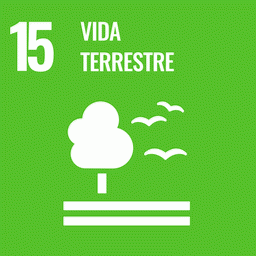Non-structural carbon (NSC) storage (i.e. starch, soluble sugras and lipids) in tree stems play important roles in metabolism and growth. Their spatial distribution in wood may explain species-specific differences in carbon storage dynamics, growth and survival. However, quantitative information on the spatial distribution of starch and lipids in wood is sparse due to methodological limitations.
Here we assessed differences in wood NSC and lipid storage between tropical tree species with different growth and mortality rates and contrasting functional types. We measured starch and soluble sugars in wood cores up to 4 cm deep into the stem using standard chemical quantification methods and histological slices stained with Lugol’s iodine. We also detected neutral lipids using histological slices stained with Oil-Red-O.
The histological method allowed us to group individuals into two categories according to their starch storage strategy: fiber-storing trees and parenchyma-storing trees. The first group had a bigger starch pool, slower growth and lower mortality rates than the second group. Lipid storage was found in wood parenchyma in five species and was related to low mortality rates.
The quantification of the spatial distribution of starch and lipids in wood improves our understanding of NSC dynamics in trees and reveals additional dimensions of tree growth and survival strategies.
